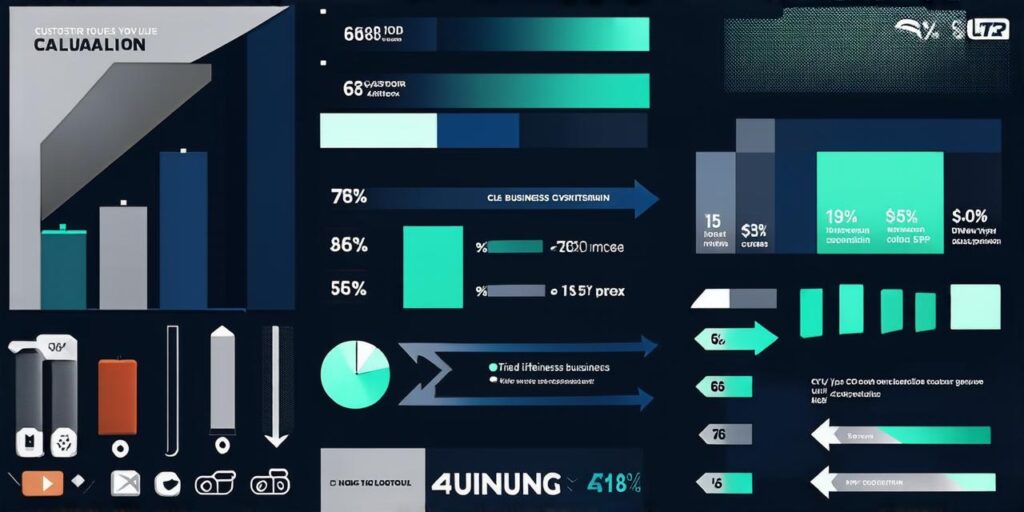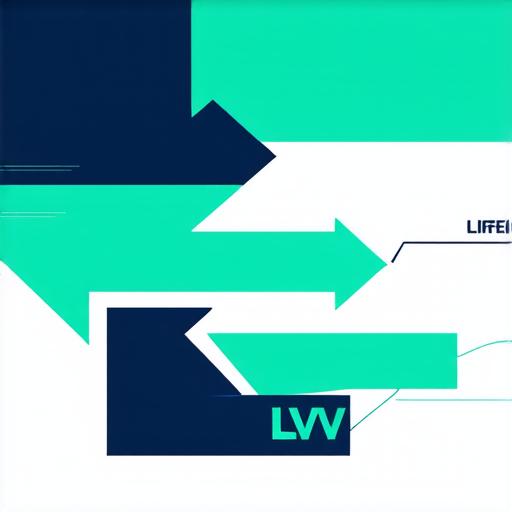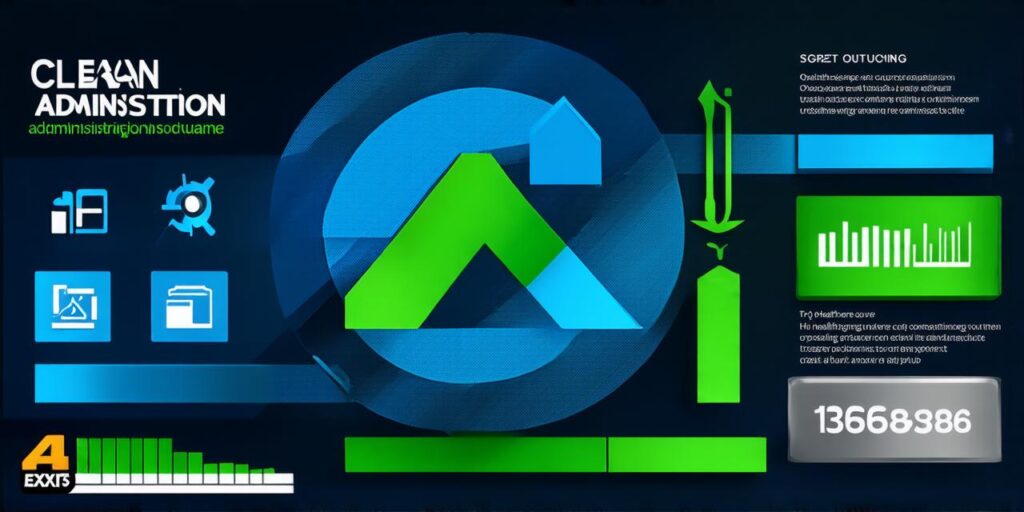
Introduction:
Customer Lifetime Value (CLV) is a crucial metric that helps businesses understand the financial impact of their customers on their long-term success. It represents the total amount of money a customer will spend with a business over the course of their relationship, including purchases and ancillary revenue streams like subscription fees or maintenance contracts. As development companies, understanding and maximizing CLV is essential for making informed decisions about marketing, sales, and product development strategies.
Calculating Customer Lifetime Value:
The most common way to calculate CLV is by multiplying the average value of a customer’s purchases by their expected lifetime with the business. This calculation assumes that each customer will make an equal number of purchases, and that the value of each purchase remains constant over time. Here’s an example of how to calculate CLV:
1. Determine the average value of a customer’s purchase: This can be done by adding up the total revenue generated by each customer over their lifetime and dividing it by the number of purchases they made. For example, if a customer spent $50,000 with your business and made 20 purchases, the average value of their purchase would be $2,500.
2. Estimate the customer’s expected lifetime with the business: This can vary depending on the nature of your product or service and the industry you operate in. As a rough guide, consider how long it takes for a customer to start using your product or service, and then add on the average lifespan of your product or service. For example, if a customer starts using your software as a service (SaaS) product and the average user retention rate is 5 years, you can estimate their expected lifetime with your business as 10 years.
3. Multiply the average value of a purchase by the customer’s expected lifetime: This will give you an estimate of their CLV. For example, if a customer’s average value of purchase is $2,500 and they are estimated to have a 10-year relationship with your business, their CLV would be $25,000 ($2,500 x 10).
Tips for Increasing Customer Lifetime Value:
Now that you know how to calculate CLV, here are some tips on how to increase it:
1. Focus on customer retention: One of the key drivers of CLV is customer retention. The longer a customer stays with your business, the more revenue they will generate over their lifetime. To improve customer retention, consider offering loyalty programs or personalized marketing campaigns that keep customers engaged with your product or service.
2. Upsell and cross-sell: Another way to increase CLV is by encouraging customers to make additional purchases or upgrade to higher-tier products or services. This can be done through targeted marketing campaigns, product recommendations, or by offering incentives for customers to make repeat purchases.
3. Expand your customer base: Finally, consider expanding your customer base through new product development, partnerships with other businesses, or through targeted advertising campaigns that reach potential customers who are likely to have a high CLV.
4. Provide exceptional customer service: Providing excellent customer service can help retain customers and increase the likelihood of repeat purchases. Make sure your support team is responsive, knowledgeable, and able to resolve issues quickly and efficiently.
5. Use data analytics to identify high-value customers: By analyzing customer data, you can identify patterns and behaviors that indicate which customers are likely to have a high CLV. These insights can then be used to tailor marketing and sales strategies to target these customers more effectively.
Case Studies:

Here are some real-life examples of successful businesses that have effectively leveraged CLV to drive growth and profitability:
1. Amazon: Amazon has been able to increase its CLV by focusing on customer retention through personalized recommendations, loyalty programs, and a seamless shopping experience. The company’s customer base is also incredibly diverse, with millions of customers worldwide making repeat purchases through the platform.
2. Netflix: Netflix has increased its CLV by expanding its product offerings beyond movies and TV shows to include original content, interactive games, and live events. The company also offers personalized recommendations based on user preferences, which keeps customers engaged and increases the likelihood of repeat subscriptions.
3. Zoom: With the COVID-19 pandemic driving a surge in demand for video conferencing tools, Zoom has been able to increase its CLV through targeted marketing campaigns and strategic partnerships with other businesses. The company’s customer base is also incredibly diverse, with millions of users worldwide making repeat purchases.
Summary:
Understanding and maximizing CLV is crucial for the long-term success of development companies. By calculating CLV, focusing on customer retention, upselling and cross-selling, expanding your customer base, providing exceptional customer service, and using data analytics to identify high-value customers, you can increase CLV and drive growth and profitability. Remember to stay focused on the long term, and always keep your customers’ needs and preferences in mind. With these tips and strategies, you’ll be well on your way to building a successful business that thrives for years to come.


